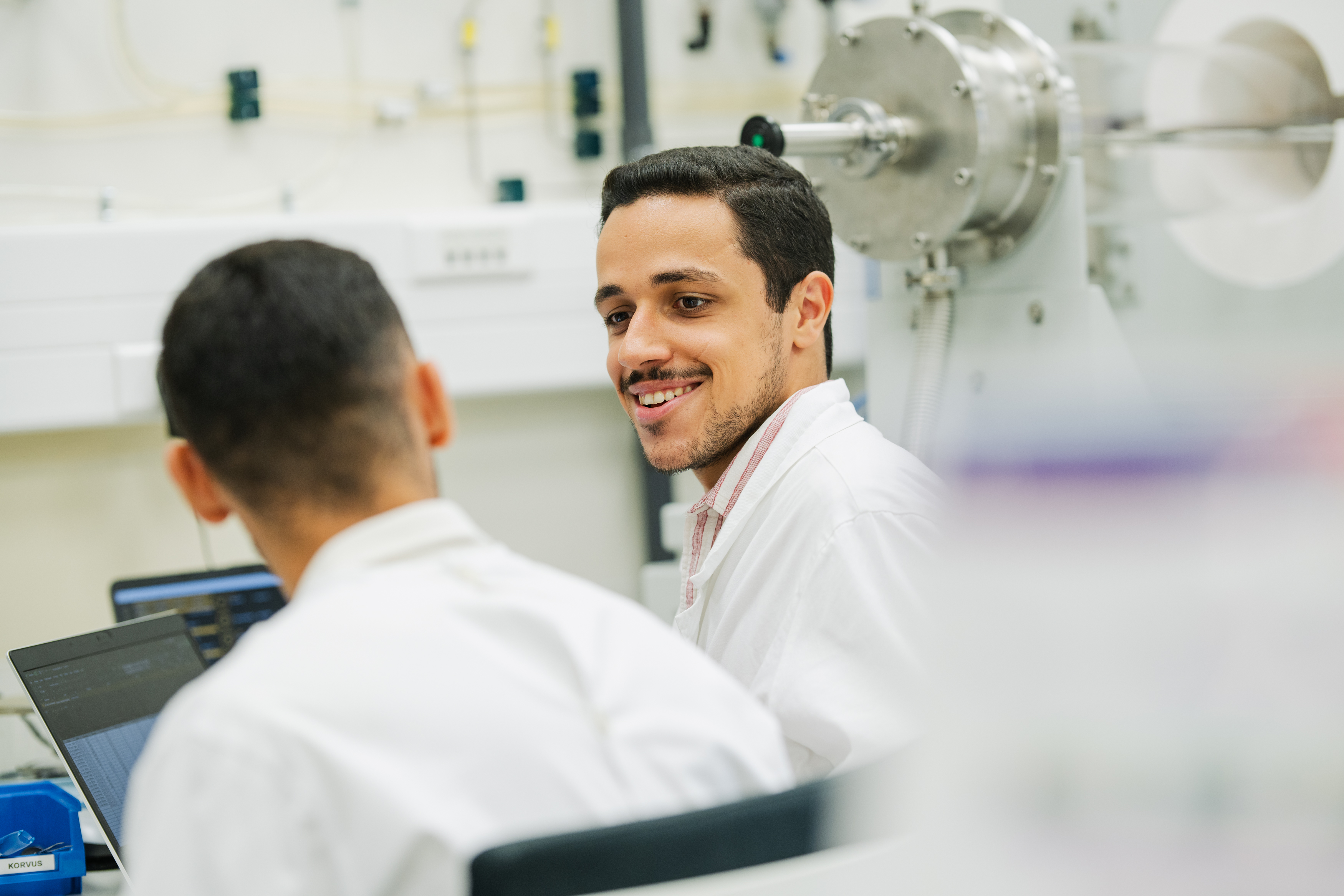Solar cells, also known as photovoltaic cells, directly convert sunlight into electricity. The most prevalent type, crystalline silicon photovoltaic cells, found in commercially available solar panels, benefit from extensive expertise and synergies with the microelectronics industry. Despite their cost competitiveness, silicon photovoltaic cells have limitations, such as poor sensitivity to low light, rigid modules, conservative aesthetics, and limited flexibility in dimensions. If photovoltaics are to be deployed in a larger number of applications, these limitations need to be addressed. The Nanofabrication, Optoelectronics, and Energy Applications (NOA) research group is exploring novel thin-film solar cell concepts – or next-generation photovoltaics – to enhance performance while meeting environmental standards. They are particularly focused on developing solutions that merge conversion efficiency, durability, and aesthetics for building-integrated photovoltaics (BIPV), targeting stakeholders in the construction industry. BIPV offers a practical means of integrating photovoltaic systems into buildings, potentially facilitating the installation of hundreds of gigawatts worldwide without the need for additional land. This approach aligns well with the current trend of urbanisation. Pedro Salomé, NOA’s group leader, elaborates “We are engaged in various projects, funded by Portuguese and European programmes, to devise solutions that overcome the challenges posed by conventional silicon modules. Most of our […]
Read more


